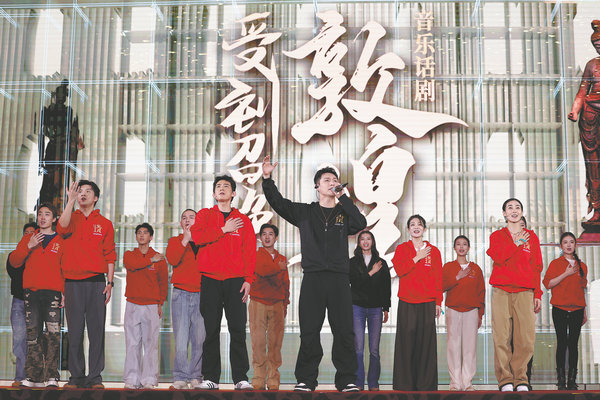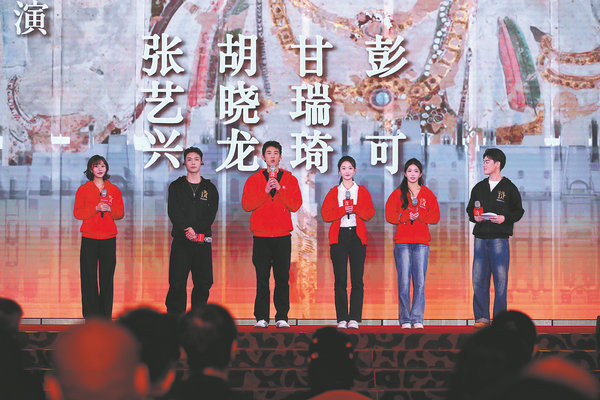

When theater director and president of the National Theatre of China, Tian Qinxin, heard the story of artist Chang Shuhong (1904-94), she was inspired and intrigued.
One of the most eminent Chinese artists to study in France, Chang discovered a book containing photographs of hundreds of Dunhuang paintings and manuscripts in an old bookstore in Paris in 1935.
It was written by Paul Pelliot, the French Sinologist, who is credited with rediscovering the Mogao Caves — now a UNESCO World Heritage Site — in Gansu province. Before he read the book, Chang didn't know about the caves, which contain some of the finest examples of Buddhist art in China, and were created over a span of 1,000 years.

The discovery prompted Chang to return to China to study the grottoes. He arrived in Dunhuang, where the Mogao Grottoes are located, in early 1943. He endured poor living conditions, staying in a dilapidated temple, his bed, desk and chairs made of clay. In 1944, he founded the Dunhuang Art Institute, which is now known as Dunhuang Academy.
Her admiration for Chang's courage and determination prompted Tian to write a script, which has been turned into the musical drama, The Summoning of Dunhuang.
On Oct 30, Tian announced that the production will premiere in Beijing this December in tribute to the 75th anniversary of the founding of the People's Republic of China, and the 80th anniversary of the Dunhuang Academy. The production honors the spirit of Dunhuang culture, and tells a remarkable story that intertwines the lives of generations of youth at different times and places, from France to China.
The narrative spans a century and begins with Chang, who came to be known as the "guardian of Dunhuang", and his wife Chen Zhixiu. As the story unfolds, legendary and moving tales of Dunhuang's past are revealed, so that Chang's story is connected to young people today.
Tian says that unlike traditional productions, the musical drama is a deep integration of theatrical art and digital technology, and explores the creative presentation of traditional Chinese culture.